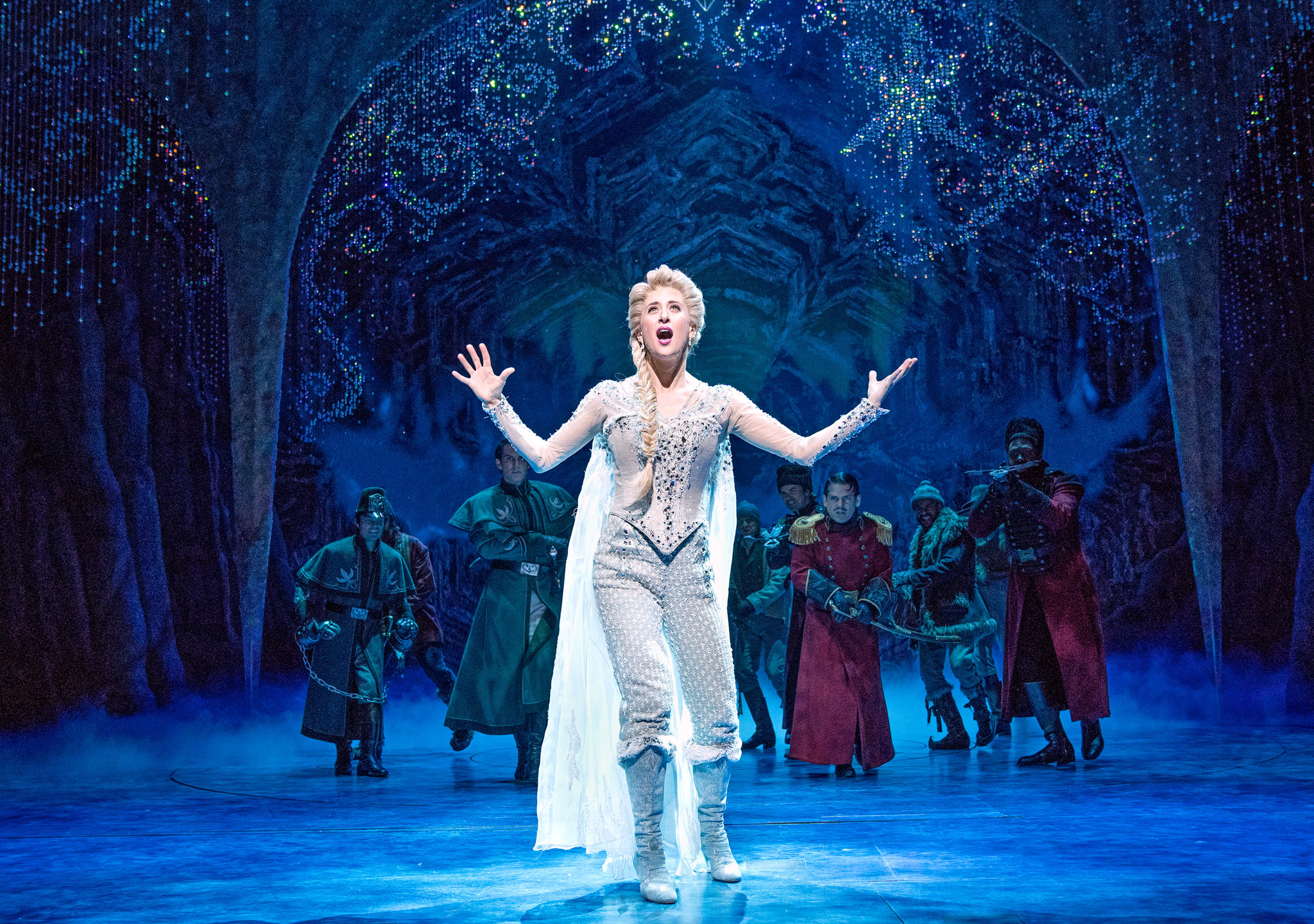Table of Contents Show
Newsies on Broadway ran for an amazing two years. Beetlejuice grossed over a million dollars within a week several times during its run. (( Clement, Olivia. “Grosses Analysis: American Utopia Finishes on a High Note, Sets New House Record.” Playbill, PLAYBILL INC., 18 Feb. 2020. )) Moulin Rouge performed most of its performances at full capacity. By all definitions, these Broadway shows were a success. In recent Broadway history, musical adaptations of fan-favorite movies have played to adoring crowds that catapult these shows to success.
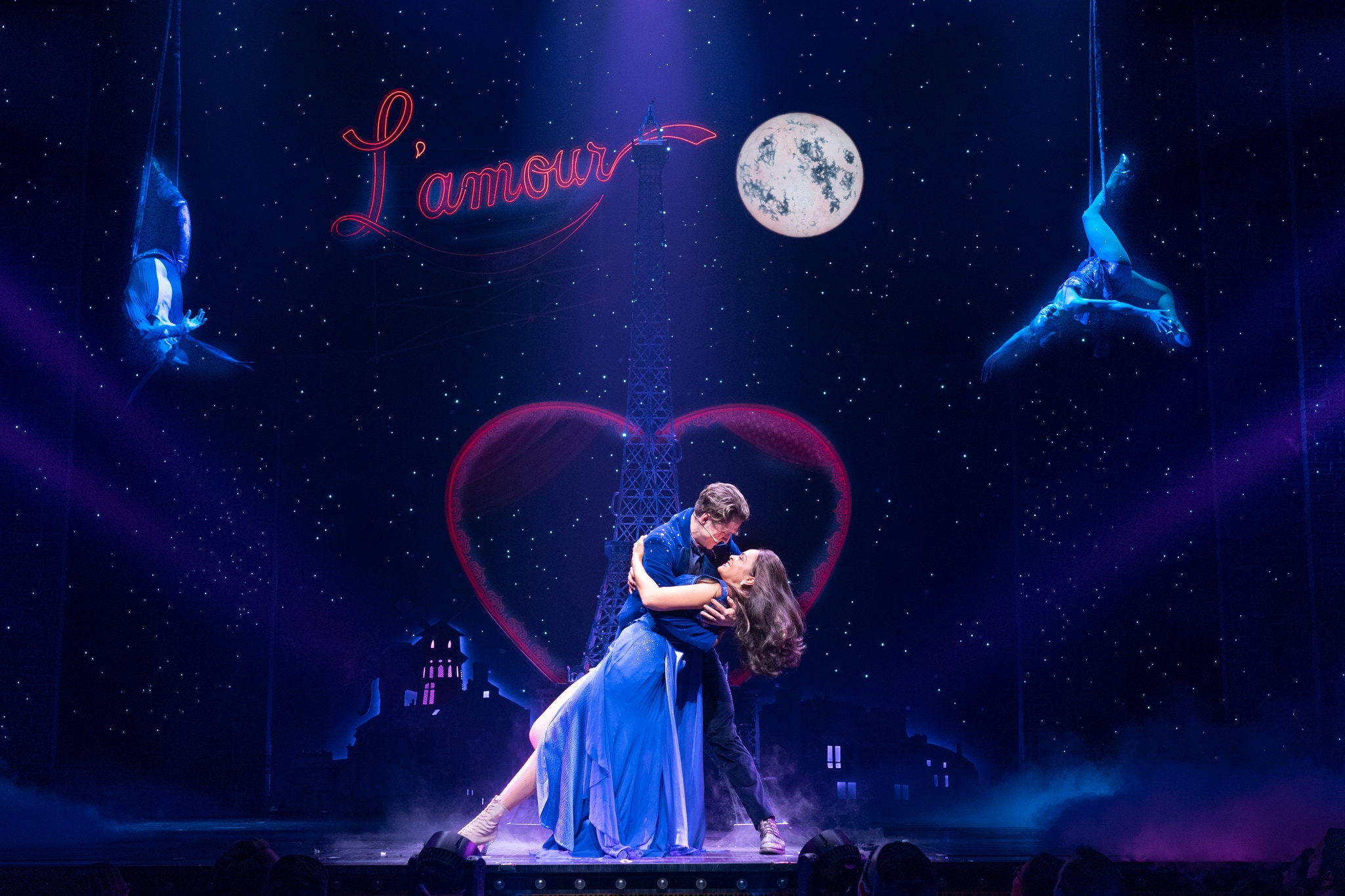
At the same time, however, a musical adaptation of a film does not guarantee a winning Broadway show. While Nine was bringing in Tony Awards, the musical adaptation of Carrie played less than 30 performances (( “Carrie Broadway @ Virginia Theatre – Tickets and Discounts.” Playbill. )) What makes a movie to musical adaptation successful, and what causes it to fail? Through a well-written book, an expanded target audience, and an adherence to the original film’s tone, a movie to musical adaptation on Broadway can have the potential to succeed.
What Makes A Musical’s Book Special?
The book of a musical is one of the most important pieces of the show. James Lapine, the book writer behind Into the Woods, Falsettos, and more, gives a wonderful definition as to what a book is.
“A book of a musical determines the show’s structure. If anything, a sung-through musical demands even more from the book writer. The songs must carry the story line, and the lyricist must work hand-in-hand with the librettist to determine what each song must accomplish dramatically and emotionally and how collectively these songs add up to a satisfying piece of storytelling.”
(( James Lapine, Writing the Book for a Musical: A Misunderstood Art ))
Essentially, the book is the core of the show as it determines the overall plot of the musical. In musicals that are completely sung-through, such as Hamilton, the book also ensures that the songs continually move the musical forward. From movie to musical adaptations, the book is based on the original film, as per its nature as an adaptation. Although most adaptations will simply copy the original film’s plot for the book, some shows will make more changes to the story arc than others. Once the book is written, it becomes the base of the musical’s script, and where audience members most recognize the original film.
Where Did We Go Right?
With musical adaptations, most audience members enter the show having seen the original film before and have since developed high expectations. As a result, how the book is handled as compared to the film becomes a huge factor in a show’s success. In order to produce a winning show, the book must find the sweet spot between adhering to the movie and bringing something new to Broadway.
The Producers is a show that found this sweet spot and ended up with a record-breaking twelve Tony Awards. In an adaptation of the 1967 film of the same name, The Producers stuck to the original story; two theatre producers created a show designed to fail in order to scam investors out of their money. At the same time, however, jokes were added into the show, as well as further character development.
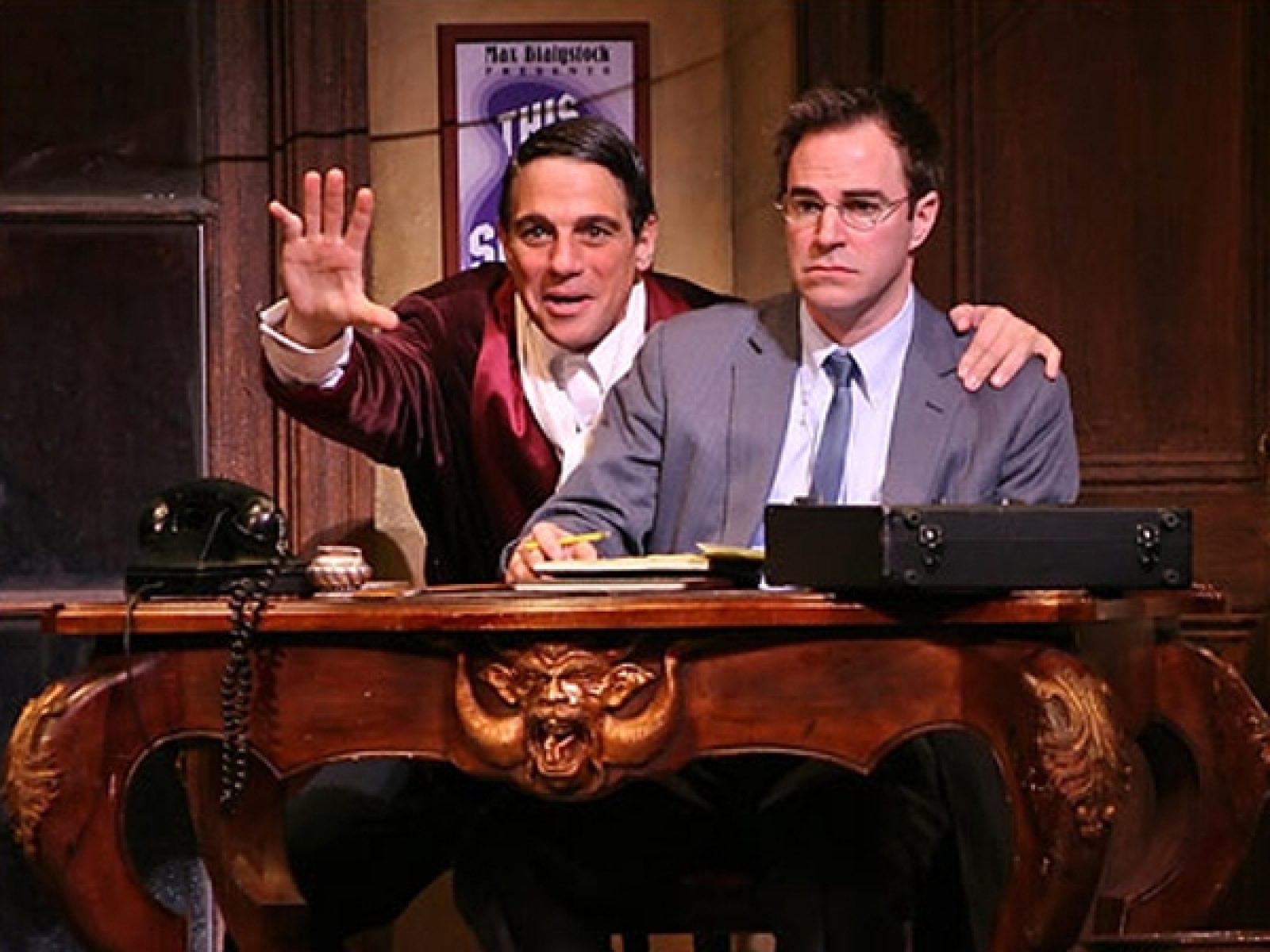
Songs such as “The King of Broadway” and ” I Wanna Be a Producer” add background to main characters Leo and Max. It makes their motivations in the show much more believable than in the original film. Jokes that were added to poke fun at Broadway tropes easily delighted audiences familiar with what they were mocking. In The Producers, audiences recognize the original story they loved so much while taking joy in seeing something that is, at the same time, new and worth shelling out hundreds of dollars for.
Anywhere But Here
A huge pitfall in some musical adaptations is their “over adherence” to the original film. If a movie is adapted to Broadway with a book identical to the film, it won’t play as well to audiences. Take Pretty Woman, for example. The musical updated the movie slightly, adding the character “Happy Man” to the story as a narrator. This was the only big change.
The show opened to poor reviews for simply copying the film’s gags and dialogue, making it feel like a dull clone of the original (( Brantley, Ben. “Review: Chasing Shopworn Dreams in ‘Pretty Woman: The Musical’.” The New York Times, The New York Times, 17 Aug. 2018. )) If a musical adaptation stays too close to the film, there becomes no reason for audiences to see the show, when they could just as easily listen to the soundtrack at home and watch the original work.
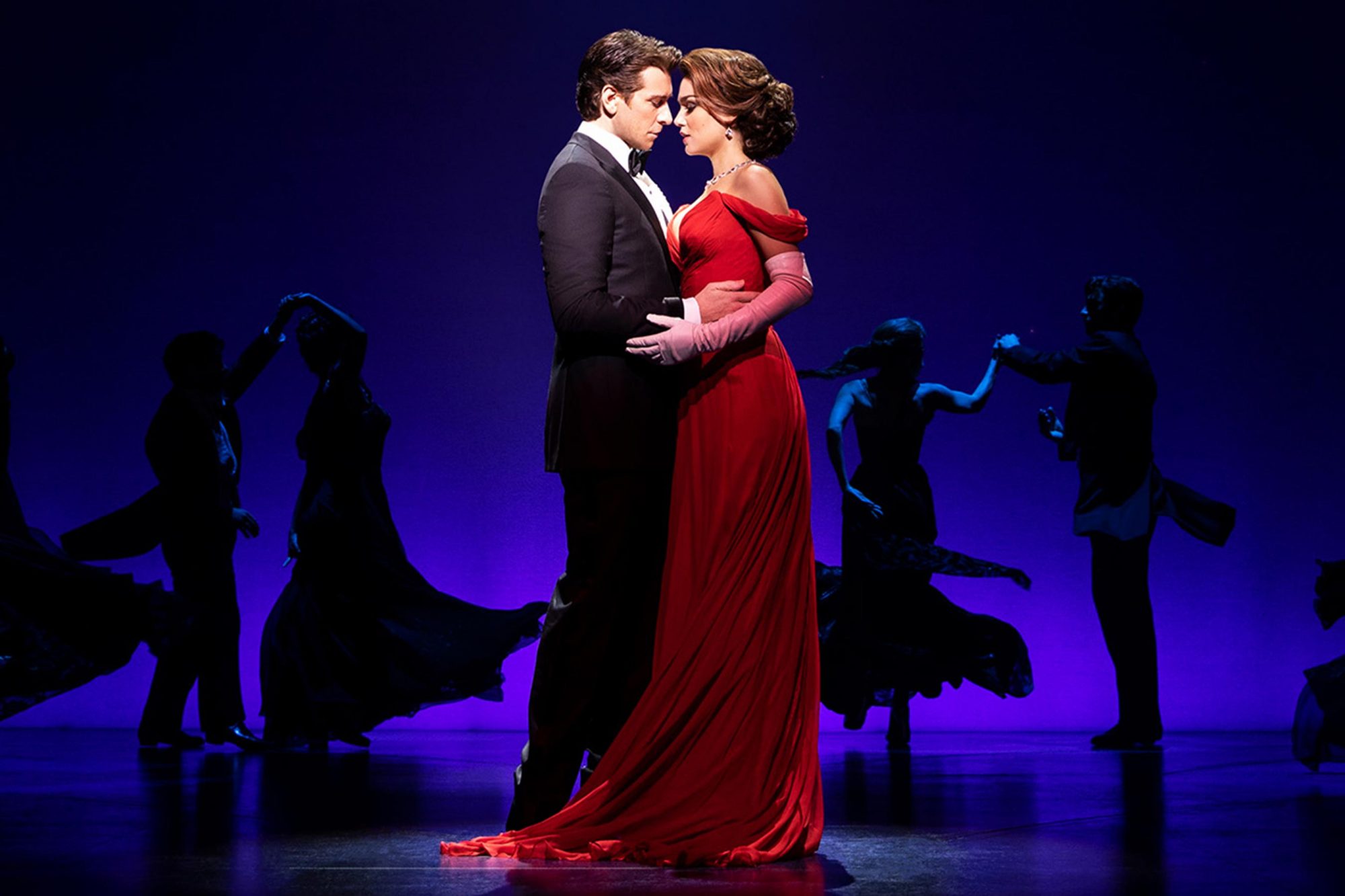
In addition to failing to bring something new to the stage, an over adherence to the original work can also keep the story in a later decade rather than the present. Returning to Pretty Woman, critics called out the show for outdated gender politics from the 1990s.
The show made attempts to distance itself from the film’s original themes through marketing tag lines such as “Bold Woman,” “Fierce Woman,” “Funny Woman,” “Smart Woman” and “Pretty Woman,” but the material’s overt sexism remained (( Holdren, Sara. “Theater Review: Pretty Woman and the Trouble With Onstage Nostalgia.” Vulture, Vulture, 17 Aug. 2018. )) Despite being written in 2018, the book reinforces stereotypes about what makes a “real lady” and the concept that every woman is in need of a male savior. As a result, modern audiences were turned away from the show as it played a mediocre run tarnished by negative reviews.
The Whole Being Dead Thing
When audiences attend a musical adaptation of a movie, a large motivation is that they simply loved the original film. Therefore, in order for the musical adaptation to succeed there needs to be that same magic present in the prior film. The tone of the preceding work needs to be captured and brought on stage. A great example of a musical adaptation that succeeded in doing so is Beetlejuice.
What made the film version of Beetlejuice so special was the Tim Burton aesthetic, and what later made the film’s musical adaptation bring in high audience numbers was their mimicry of Burton’s style on stage.
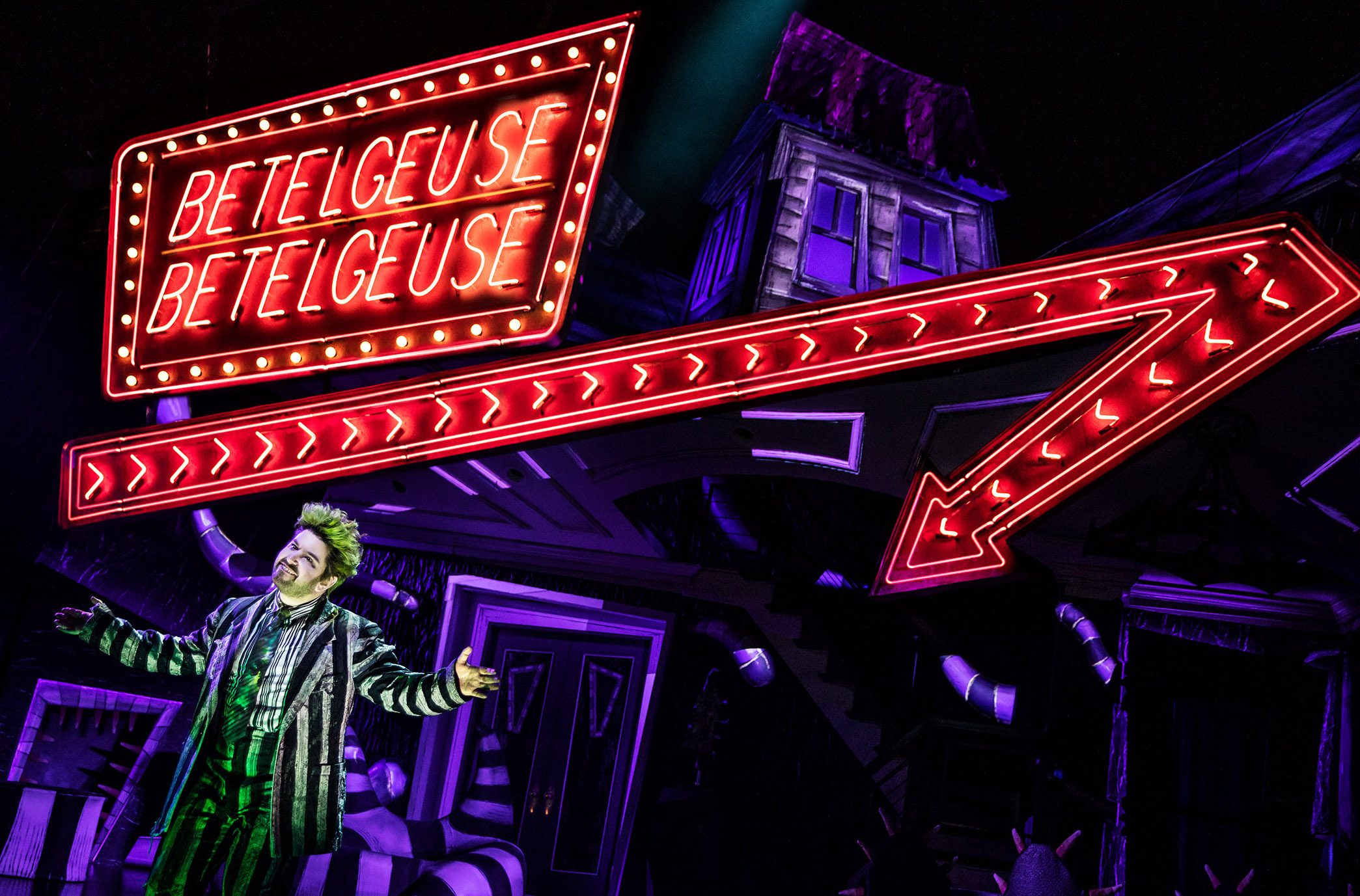
From an audience member’s first steps into the theatre, they were greeted with Burton-colored palettes of dark purples and greens in the form of lighting and how the house was dressed. It continued into the show with giant puppets, snakes, and sets that could be dragged into the Underworld within an instant. Burton’s style of being both over the top and dark and twisted took center stage.
On stage and off, Tim Burton’s style was at the forefront of viewer’s vision as the show perfectly captured the tone and heart of the original film. The musical adaptation did have a book revised and updated for the stage, with changes to the ending, yet audience members still recognized a show that seemed like a love letter to the cult classic Beetlejuice film.
Stranger
Sometimes in adapting a film for the stage, the heart of the original movie can get lost in the process resulting in an overall weak production. Another Tim Burton musical adaptation, Big Fish, like Beetlejuice, had huge shoes to fill. Big Fish gained commercial success through Burton’s direction and magical production design. With sweeping sets and special effects that made sure to maintain the film’s verisimilitude, the original Big Fish was perfect for the screen. For the stage, not so much.
New York Times critic Ben Brantley said it best when he compared the musical’s production design to the “contents of an immense toy chest [that] had been emptied” out (( Brantley, Ben. “A Dad’s Tall Tales and a Down-to-Earth Son.” The New York Times, The New York Times, 7 Oct. 2013. ))
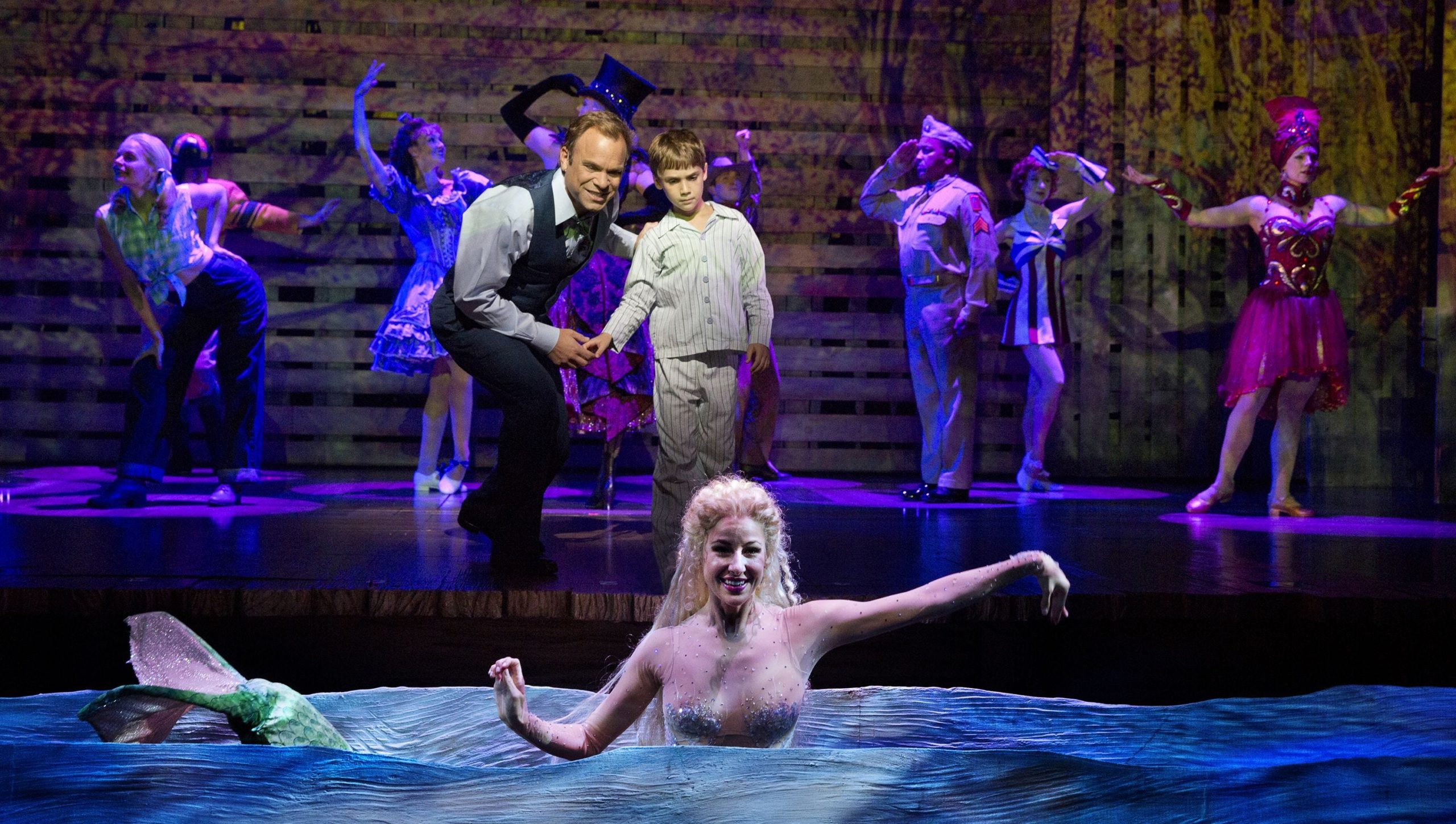
Rather than making Edward Bloom’s tall tales seem like an authentic array of American mythology as Burton did, the musical adaptation made Bloom’s stories feel exaggerated and more like bedtime stories rather than deeply rooted myths. The over-the-top costumes and characterizations fail to recreate what made the film so special. The original film strived to make Bloom’s stories believable through creating a fantasy setting that viewers could still recognize as their America.
On the other hand in the musical adaptation, the heightened colors of actors’ costumes and heavy emphasis on fairy tale character tropes create a setting that audiences can’t relate to. For example, in the original Big Fish film, Bloom finds a mermaid in the swamp. The mermaid is a pale naked woman who swims through the dirt and seaweed. She is the type of fantasy creature you could realistically picture living in the deep south. In the musical adaptation, the mermaid is one from a fairy tale, with a long tail and bright blue colors from the ocean.
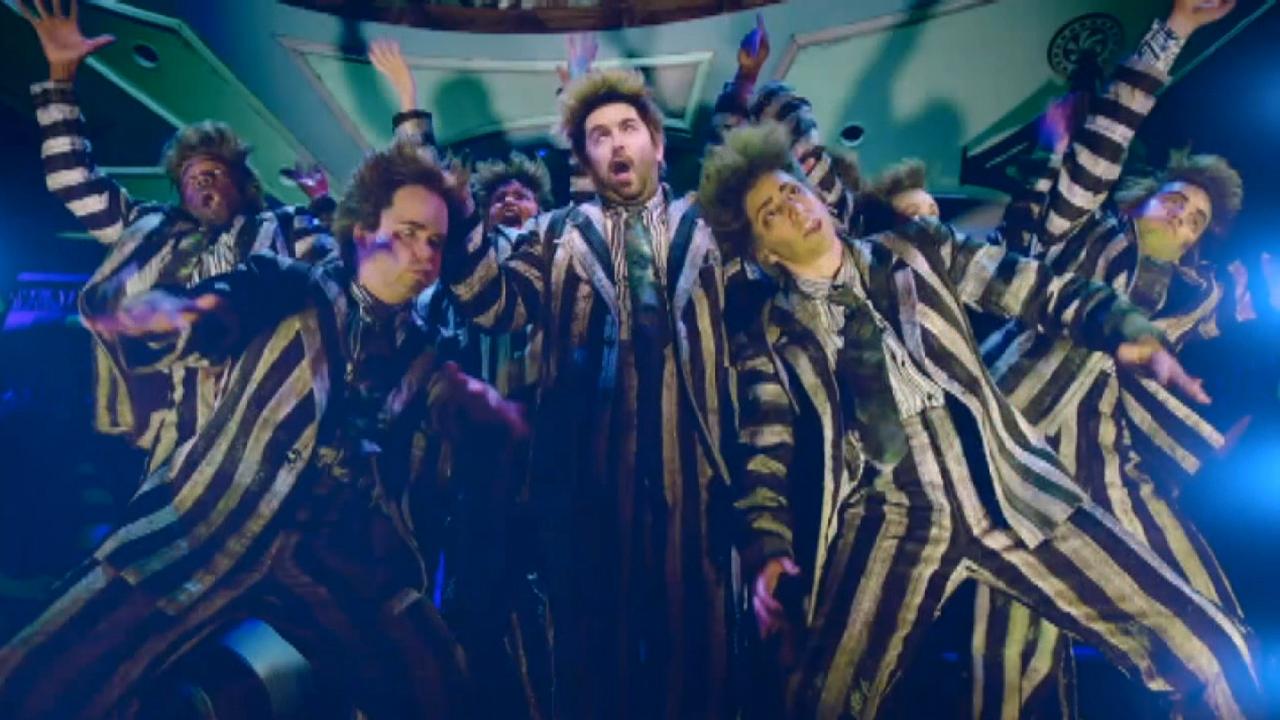
While changes like these create an aesthetically pleasing musical, Burton’s original direction and tone of Big Fish gets lost in the process. At the heart of the Big Fish is the message that there is magic all around us in our seemingly ordinary country. The loss of this message affected audience attendance and the show’s run, as it closed less than four months after opening. If a musical adaptation can’t get to the heart of the original film it will be doomed to fail.
More Is Better
The main factor in a Broadway success is a large audience. When more people attend the show, the production brings in more money and it runs longer on the Great Bright Way. Although many movies to musical adaptations are able to create buzz and sell tickets through the popularity of its original work alone, sometimes it’s just not enough and a larger audience needs to be guaranteed to ensure a longer run.

Mean Girls is one of the most well-known movies to come out of the early 2000s, with millennials and Gen Z alike quoting the film. However, when Mean Girls was adapted into a musical, they didn’t rely on their prior popularity. To appeal to larger Broadway audiences, they brought in well-known Broadway talent.
Rounding out the cast were Broadway veterans Ashley Park, Barrett Wilbert Weed, Kerry Butler, Taylor Louderman, and Kate Rockwell, each with their own individual fan base. These seasoned actresses put audience members besides just fans of the original film into seats. The musical adaptation of Mean Girls continues to bring in large crowds during its run on Broadway with stunt casting of stars such as Cameron Dallas and Sabrina Carpenter.
What’s It Gonna Take?
Unfortunately, there have been musical adaptations that simply assume the name of the show will carry them into Broadway fame. One such show is King Kong. The outrageous premise that King Kong could exist as a musical brought the base audience to the show, in addition to die-hard fans of the movie. However, there wasn’t much to appeal to people outside of this base target audience.
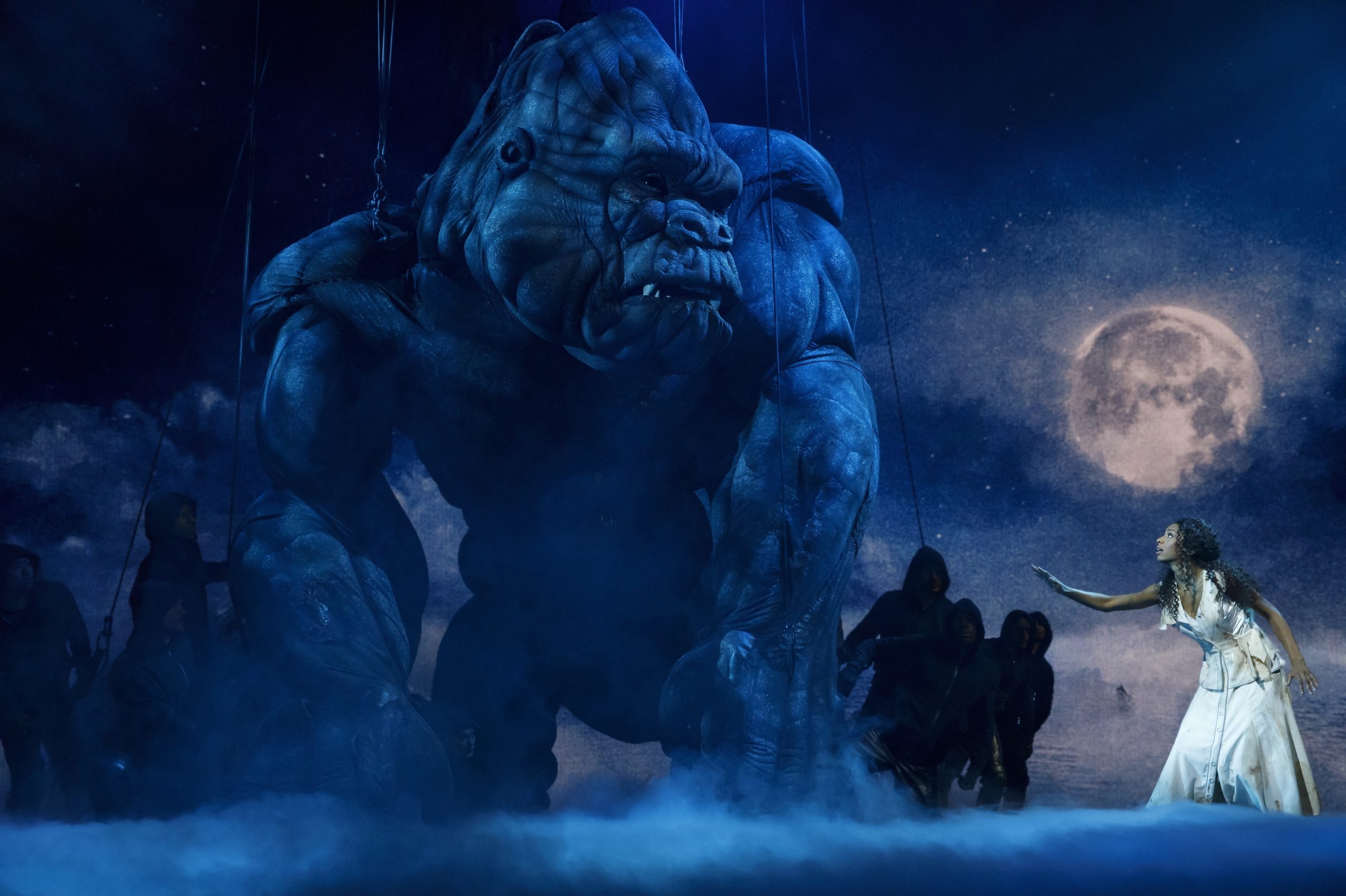
Without any big names to expand the target audience to fans of the featured actresses and actors, the show started playing to audiences at less than 70% capacity very early on in it’s run. At the start of its run, the show only played to an average audience capacity of 90% or more for a few weeks. The show had grand special effects, including a two-story-tall King Kong puppet. Yet, without much marketable material besides the original film and the puppet, the show had a below-average run.
The Disney Factor
It is safe to say that Disney musicals are free from these restrictions as to what makes a musical adaptation successful. Just the mention of a Disney film moving to Broadway will instantaneously sell out tickets. Musicals like Frozen, Aladdin, and Mary Poppins break the first rule of musical adaptations by having the book copy the film as much as possible.
As previously mentioned, for some adaptations, simply copying the original film can make the musical feel dull and repetitive. In this case, however, since the prior Disney films are already set up as a musical this makes the move to the stage easier and in the end, helps rather than hurts the adaptation. For Disney, when parents take their children to a Disney musical, they go with the intent of seeing the original story.
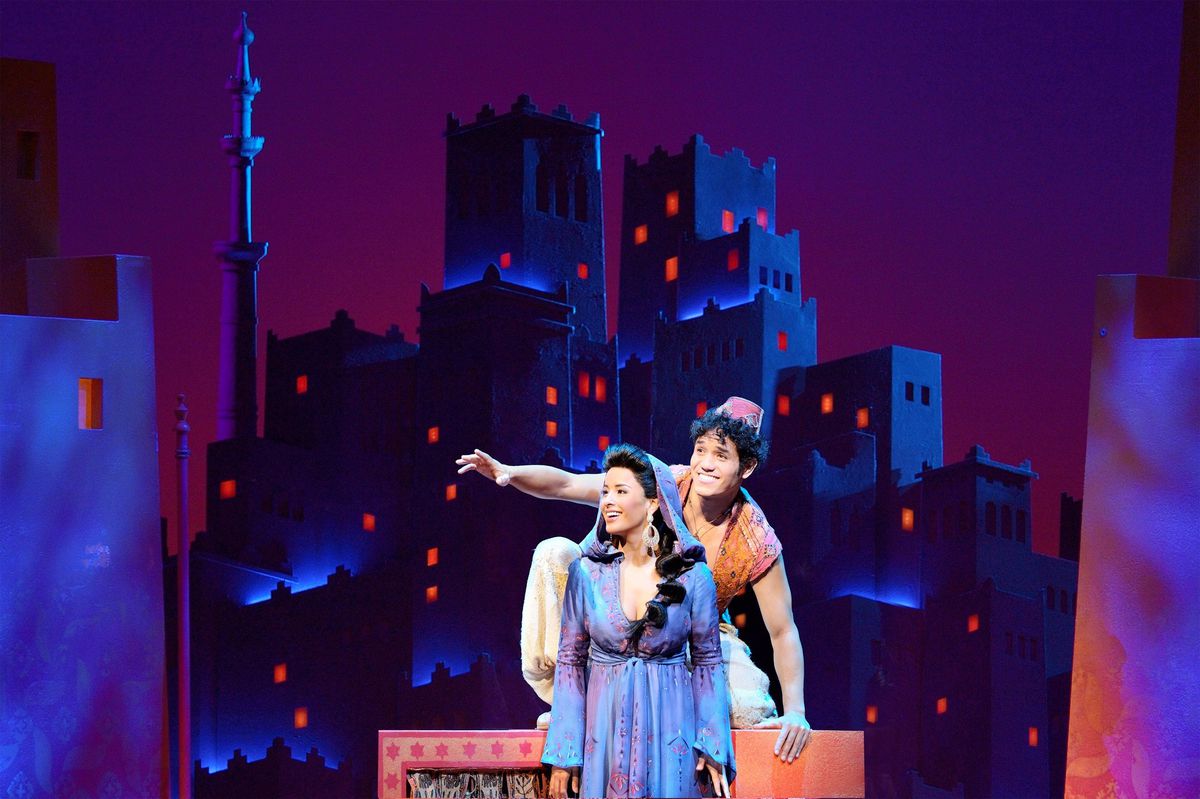
Any changes would throw off their enjoyment of seeing the movie embodied in a person. Furthermore, Disney musicals have been known to cast newcomers in leading roles, jump-starting the careers for a numerous amount of actors and actresses. Disney is at a level of popularity that is so high, its target audience needs very little expansion. All that is important is that the musical adaptation brings that iconic Disney magic to the stage. When a show does so, they have the potential to be like Beauty and the Beast or Lion King and run for years.
The Final Curtain Call
While Broadway may be closed until January, come 2021 there are a handful of musical adaptations set and ready to make their debut. The 2020-2021 Broadway season will have musical adaptations of Mrs.Doubtfire, Sing Street, Mean Girls, and Moulin Rouge all playing at once.
There are even more musical adaptations on the horizon, with the Sleepless in Seattle musical set to open in the United Kingdom at the end of August. As more of these adaptations open, the more these patterns of what makes a show successful become clear. With each new musical, directors, producers, and more, learn from each other’s mistakes as each show becomes better than the last one. The future is bright for movies to musical adaptations.
